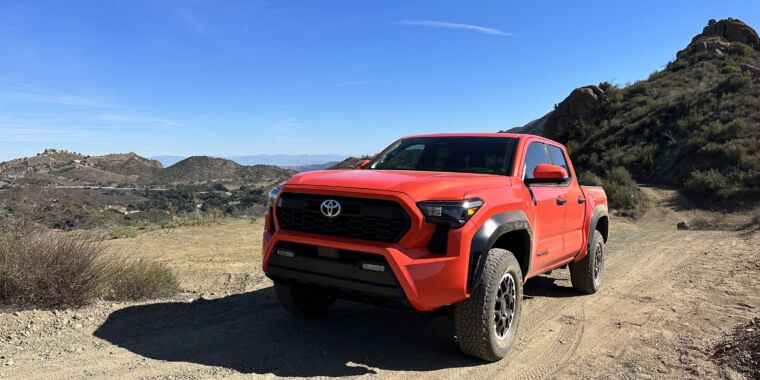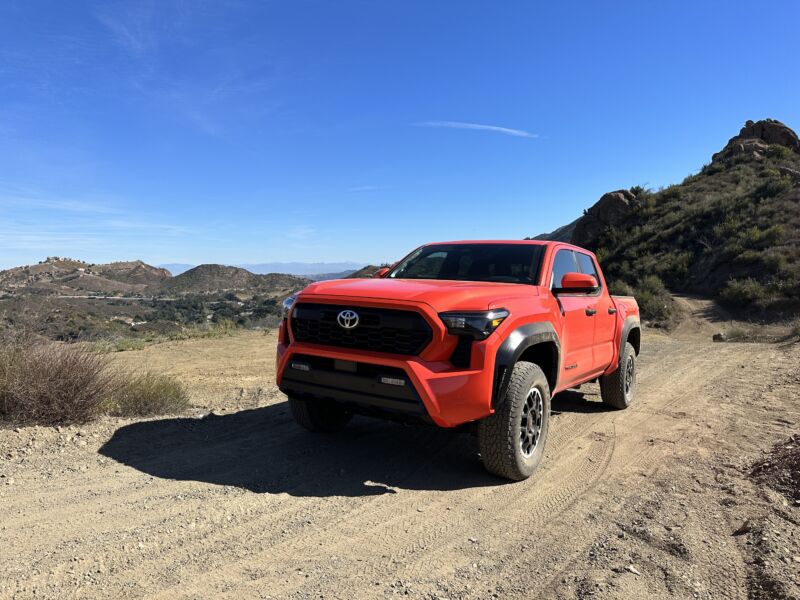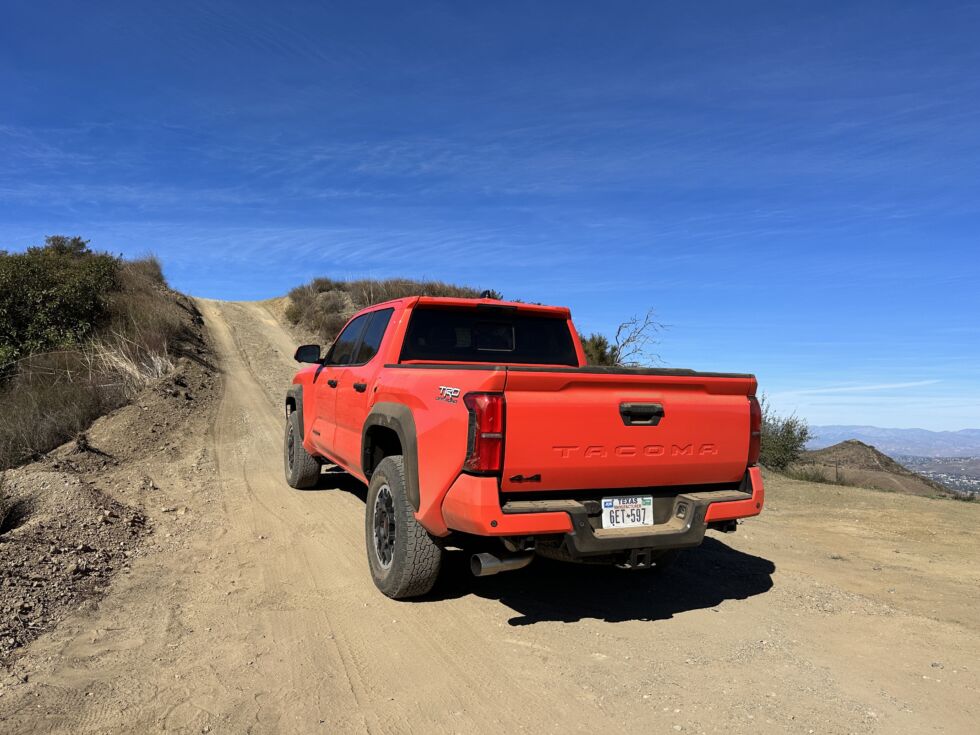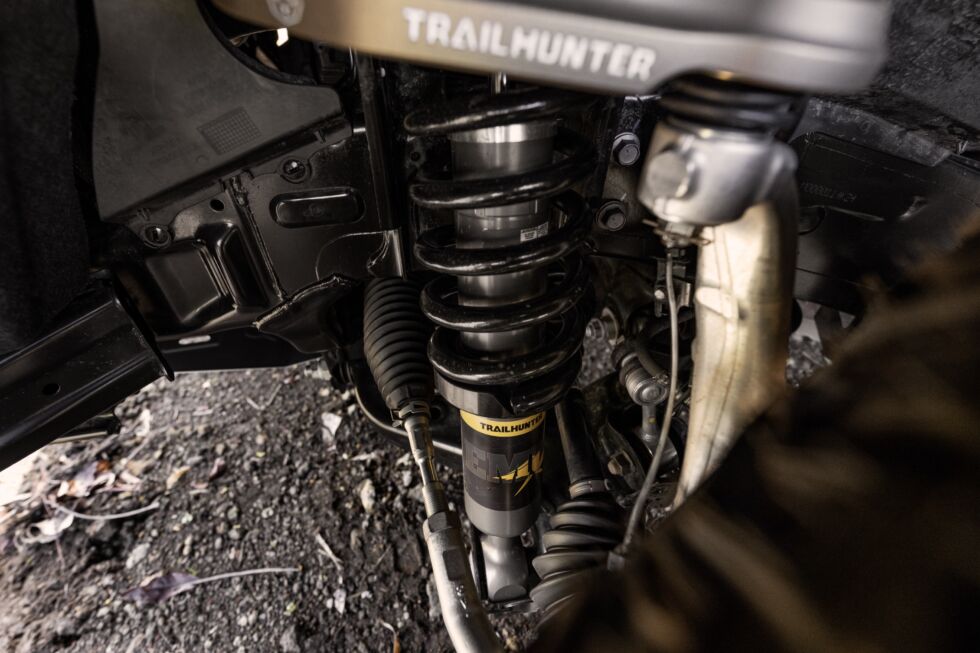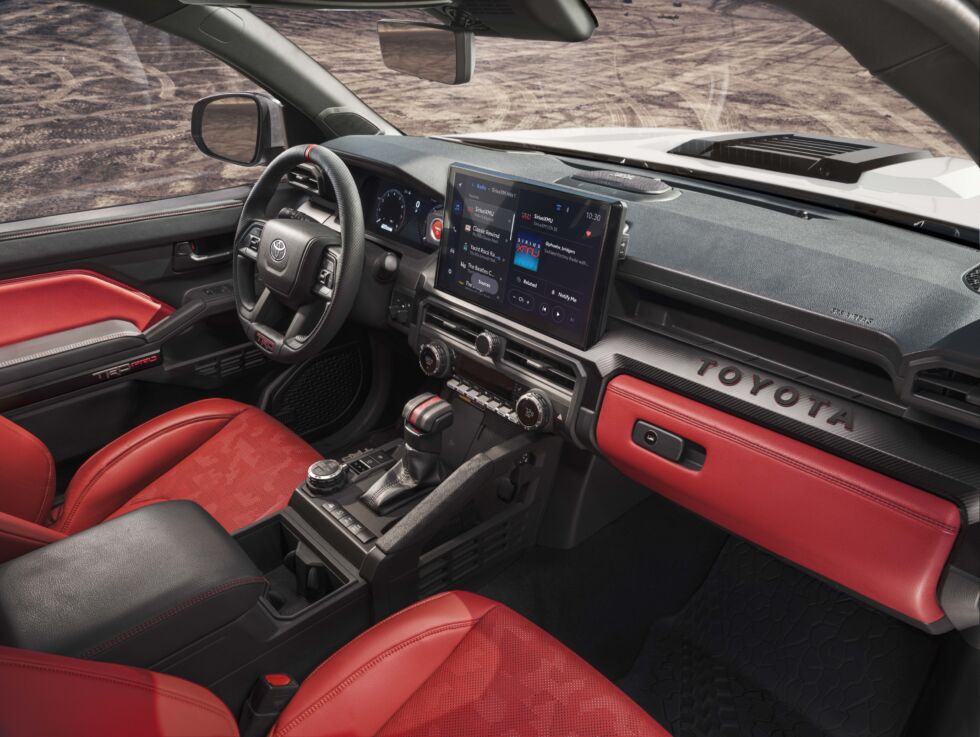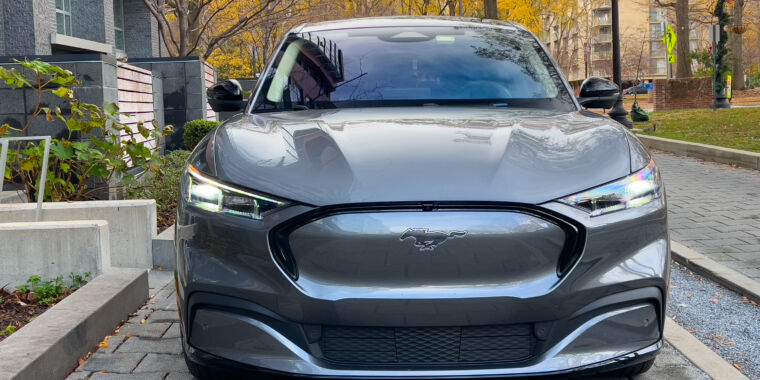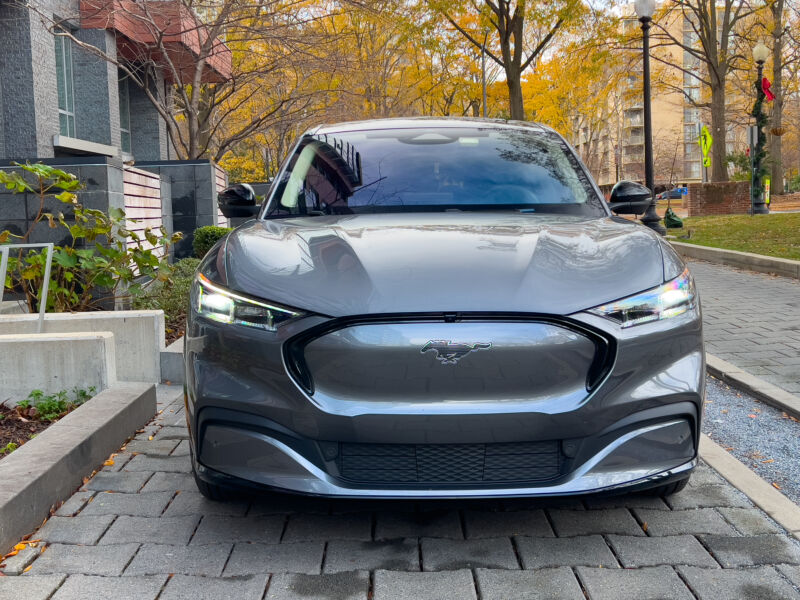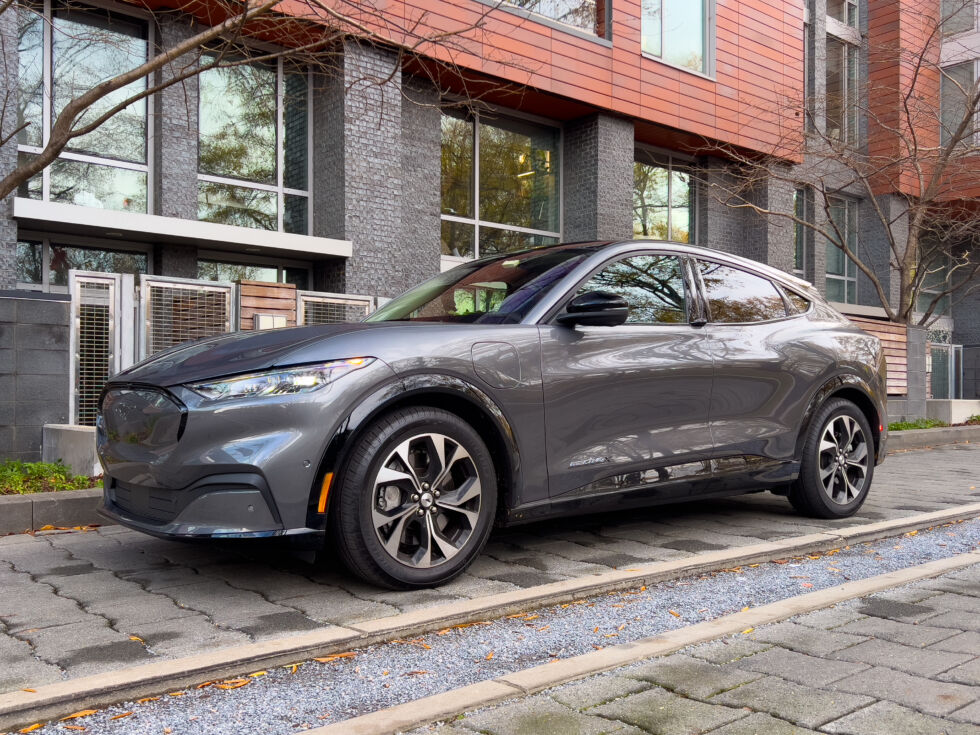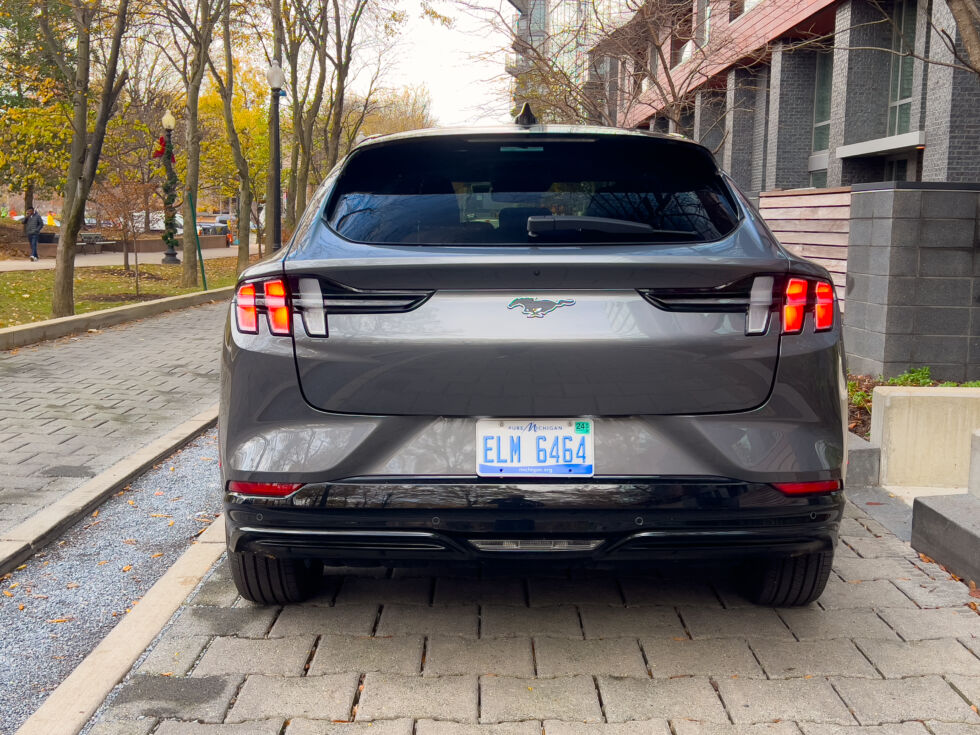Daily range isn’t a problem with the 2024 Mitsubishi Outlander PHEV
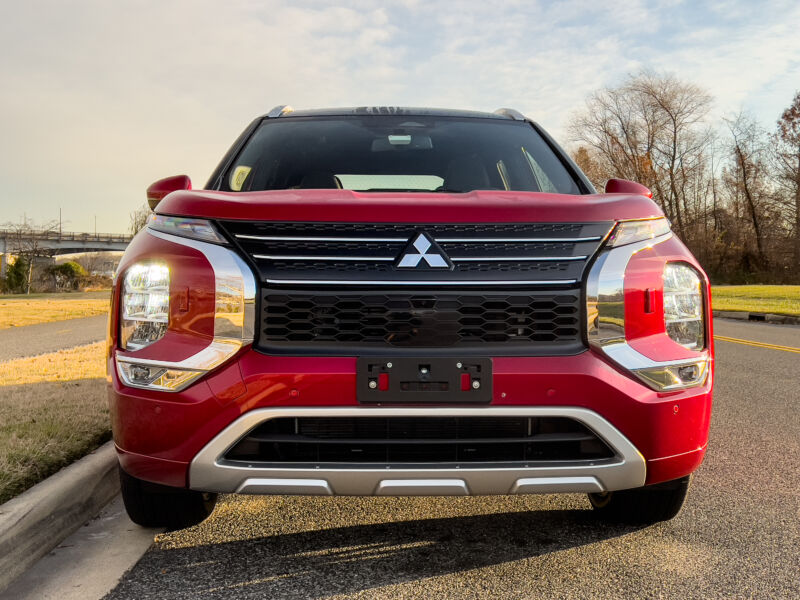
Enlarge / The previous Mitsubishi Outlander PHEV was the world’s best-selling plug-in hybrid, apparently. Now the new one has more power and a bigger battery, among other improvements.
Jonathan Gitlin
What to make of Mitsubishi, now we’re almost a quarter of the way into this century? For enthusiasts of a certain age, the brand is synonymous with rallying and fire-breathing all-wheel drive sedans with extremely short service intervals. To my old driving instructor, Mitsubishi was the Mercedes of Japan. And a Mitsubishi was even the first electric vehicle I reviewed for Ars, way back in 2012.
These days it feels very much like the third brand at the Nissan-Renault alliance. The rallying heyday is long past, and its lineup here in the USA is down to just three SUVs and the sub-$20,000 Mirage, all focused on value for money rather than all-out luxury. Mitsubishi didn’t follow up the electric i-MiEV with another battery EV, but it does make a plug-in hybrid powertrain for the Outlander SUV.
The Outlander is relatively affordable by today’s standards, starting at $40,345, and a week with a model year 2024 example found it to be a solid PHEV with a big enough battery to make most of one’s daily motoring emission-free.

Enlarge / Yes, the US government considers this a compact SUV.
Jonathan Gitlin
Going by sentiments from our audience, it’s possible to feel that the PHEV has almost been abandoned in favor of more on-trend battery EVs. And data from Consumer Reports isn’t particularly complimentary about PHEV reliability, although the same publication did find PHEVs (and BEVs) are cheaper to maintain than a car that just burns gasoline.
Ars actually tested the new Outlander PHEV—albeit briefly—just over a year ago. But a first-drive event held by an automaker is stage-managed in a way that just spending a week with a car isn’t, and I figured since I quite liked the last model, it wouldn’t be a wasted week.
They say it’s a compact
Mitsubishi classifies the Outlander PHEV as a compact SUV. One can quibble about whether an SUV that’s 185.4 inches (4,709 mm) long and 75 inches (1,905 mm) wide really is compact, but that starts to get into philosophical debates about technical definitions versus the commonly accepted meaning of words. The Outlander PHEV’s 106.5-inch (2,705 mm) wheelbase is sufficiently long to allow for a third row of seats in the back though, so it will seat seven humans, as long as the two in the back are pretty short.
Daily range isn’t a problem with the 2024 Mitsubishi Outlander PHEV Read More »

